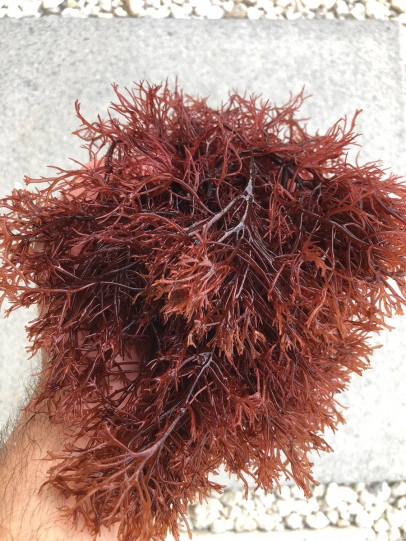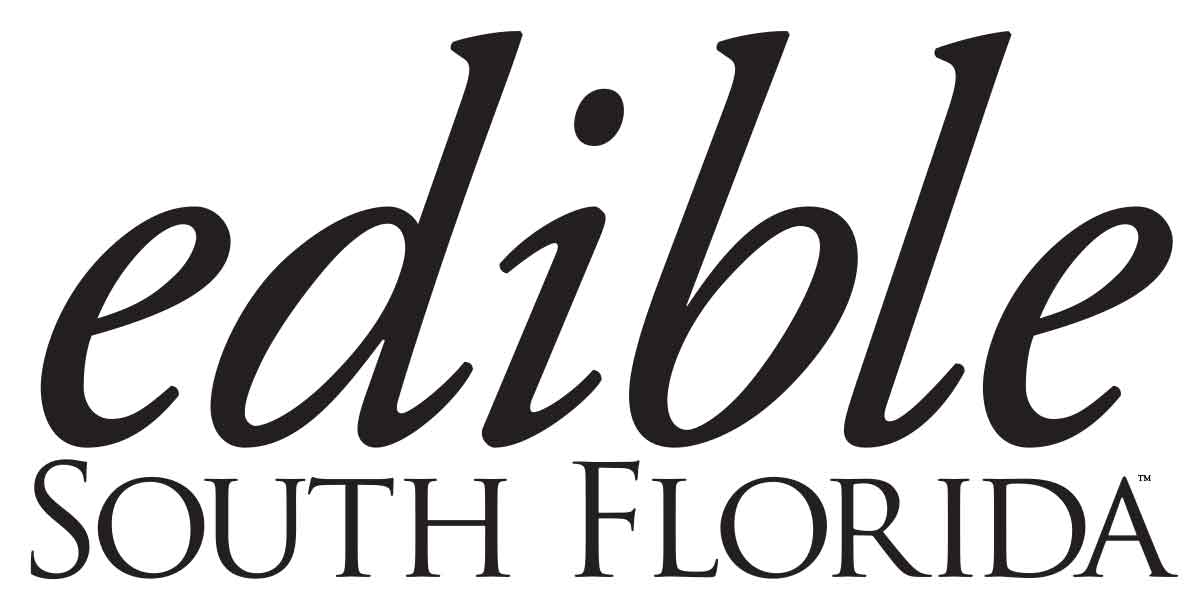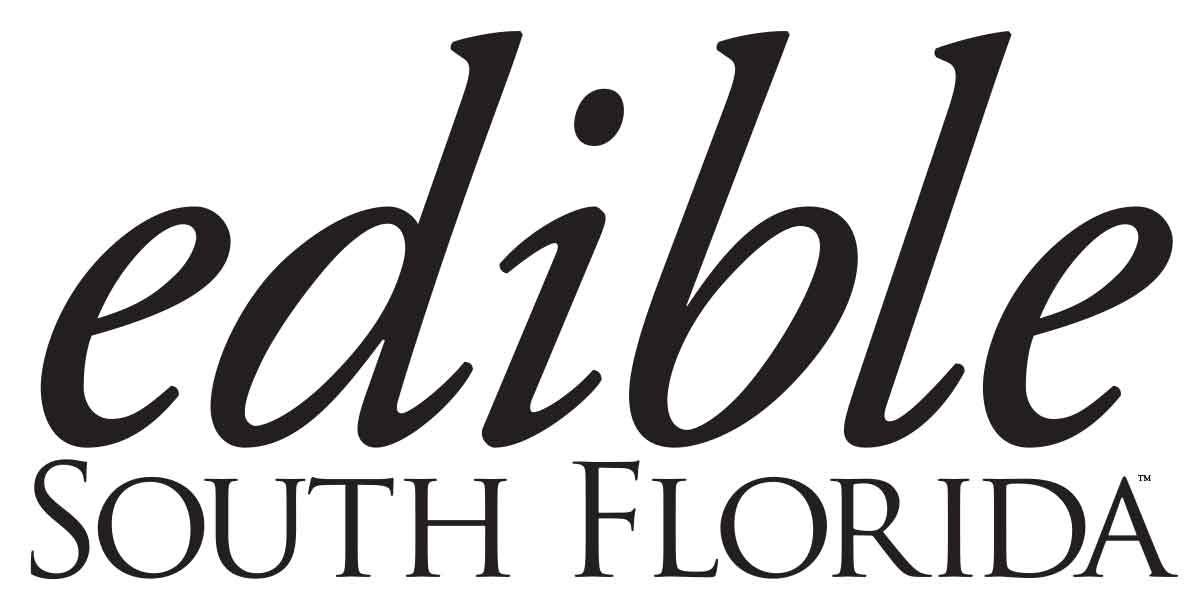Seaweed Research at the University of Miami, Virginia Key

“In the United States, we don’t have a lot of seaweed products,” says Dr. John Stieglitz, research assistant professor at the University of Miami’s Rosenstiel School of Marine, Atmospheric and Earth Science.
Stieglitz is looking into ways seaweed can be farmed in the tropics. Kelp is grown by farmers in Alaska, the Pacific Northwest and Alaska and some U.S. farms are growing sea vegetables, such as Heron Farms in Charleston, South Carolina. They raise sea beans, also known as samphire, succulent marsh dwellers with the same nutritional value as beets and spinach and a rich – and vegan – source of omega 3, vitamin A, fiber and other nutrients. Green caviar or sea grape, Caulerpa lentillifera, is another edible species. Rich in minerals and vitamins, it’s eaten raw as a snack and used in skin treatments.
In addition to food, seaweed is used in biofuel production. Extracts are used in making beer, cosmetics, and pharmaceuticals. Packaging is made from agar extracted from seaweed, says Stieglitz. “You can do seaweed aquaculture in ocean- or land-based tanks.”
“There are a lot of different species we’re trying to figure out the best uses for.” He says researchers are working to identify which native species might work for possible commercial use, considering attributes like soaking up nutrients the best, yielding valuable extracts like agar, and having the highest market value. While it’s hard to gain consumer acceptance of new products, seaweed aquaculture may catch on as interest in locally farmed products grows, he says.
Find it
Communities Near You
What’s happening near you
Visit Lauderdale Food & Wine Festival returns January 13-19, 2025
Las Olas Oceanside ParkFort Lauderdale



